No products in the cart.
Sale
Copper Tripeptide | CAS 89030-95-5 | Regenerative Peptide Complex for Skin Repair and Anti-Aging Research | Factory Supply
Original price was: $36.00.$15.00Current price is: $15.00.
Copper Tripeptide (GHK-Cu) is a naturally occurring tripeptide complex widely studied in dermatological and cosmetic peptide research. It promotes collagen synthesis, skin regeneration, and antioxidant protection, making it a valuable tool for anti-aging and wound healing studies.
Description
Product Description
Copper Tripeptide, commonly known as GHK-Cu (Glycyl-L-Histidyl-L-Lysine-Cu²⁺), is a small, naturally occurring peptide complex that plays a crucial role in skin homeostasis and regeneration. Initially identified for its capacity to bind copper ions, GHK-Cu has gained widespread attention in cosmetic and dermatological research for its multifunctional biological activities, particularly in skin regeneration, collagen synthesis, and antioxidant protection.
In tissue repair and wound healing studies, Copper Tripeptide acts as a potent chemoattractant for inflammatory cells, endothelial cells, and fibroblasts. Upon proteolytic cleavage from extracellular matrix proteins, GHK-Cu becomes bioavailable, initiating a cascade of molecular events that modulate gene expression, protein synthesis, and cellular signaling pathways.
One of the most prominent mechanisms of GHK-Cu is its ability to enhance extracellular matrix (ECM) protein synthesis. Research demonstrates that it stimulates mRNA expression and subsequent production of collagen types I and III, elastin, glycosaminoglycans, and proteoglycans in dermal fibroblasts. This activity directly contributes to improved skin elasticity, structural integrity, and the restoration of dermal architecture, making it a key molecule for anti-aging and skin rejuvenation studies.
Copper Tripeptide also exerts a potent antioxidant effect. By stabilizing reactive oxygen species and chelating free copper ions, GHK-Cu reduces oxidative stress, prevents lipid peroxidation, and protects cellular components from oxidative damage. These antioxidant properties are especially valuable in cosmetic peptide research, where oxidative stress is a major driver of skin aging, photoaging, and loss of dermal resilience.
Additionally, GHK-Cu modulates inflammatory pathways. It suppresses pro-inflammatory cytokines, recruits immune cells to injury sites, and promotes tissue remodeling. In vitro studies reveal that GHK-Cu enhances fibroblast proliferation, endothelial cell migration, and angiogenesis, facilitating the regeneration of damaged dermal tissue. This combination of anti-inflammatory, antioxidant, and regenerative effects positions Copper Tripeptide as a highly versatile peptide in both cosmetic and clinical research models.
Copper Tripeptide also influences cellular signaling pathways involved in tissue repair. It regulates metalloproteinases (MMPs), growth factors, and transcription factors that govern dermal matrix turnover and tissue remodeling. By maintaining a balance between ECM degradation and synthesis, GHK-Cu ensures healthy skin structure and counteracts wrinkle formation, dermal thinning, and loss of firmness associated with aging.
In cosmetic formulation studies, Copper Tripeptide is appreciated for its bioavailability and skin penetration, making it suitable for topical delivery. Researchers use GHK-Cu to investigate synergistic effects with other cosmetic peptides, antioxidants, and hydrating molecules, aiming to maximize anti-aging outcomes, improve skin elasticity, and reduce the appearance of fine lines.
Overall, Copper Tripeptide serves as a gold standard peptide model for studies on skin regeneration, wound healing, collagen synthesis, and antioxidant defense. Its dual role in molecular signaling and ECM modulation provides researchers with a comprehensive tool to explore anti-aging interventions, cellular repair mechanisms, and cosmetic peptide efficacy.
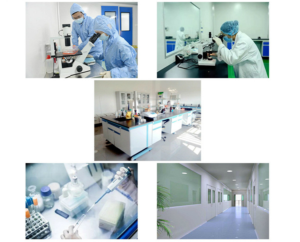
Product Specifications
| Property | Description |
|---|---|
| Product Name | Copper Tripeptide |
| CAS Number | 89030-95-5 |
| Synonyms | GHK-Cu, Glycyl-L-Histidyl-L-Lysine-Cu²⁺ |
| Molecular Formula | C14H24N6O4Cu |
| Molecular Weight | 340.21 g/mol |
| Purity | ≥99% |
| Appearance | White to pale pink lyophilized powder |
| Solubility | Soluble in water |
| Storage | Store at −20°C, protected from light and moisture |
| Stability | Stable for up to 3 years under recommended storage conditions |
| Category | Cosmetic Peptides; Regenerative Peptides |
| Applications | Skin regeneration, wound healing, collagen synthesis, anti-aging research, antioxidant peptide studies |
| Research Area | Dermatology, Cosmetic Science, Anti-Aging, Redox Biology |
| Intended Use | For laboratory research use only |
Mechanism of Action
Copper Tripeptide (GHK-Cu) functions through three primary mechanisms:
Collagen and ECM Stimulation:
GHK-Cu upregulates gene expression for collagen types I and III, elastin, proteoglycans, and glycosaminoglycans in fibroblasts. This leads to enhanced extracellular matrix formation, improved skin elasticity, and dermal structural integrity.Antioxidant Protection:
By chelating copper ions and scavenging reactive oxygen species, GHK-Cu prevents oxidative damage to proteins, lipids, and nucleic acids. This antioxidant effect reduces photoaging and maintains cellular homeostasis.Tissue Repair and Regeneration:
GHK-Cu serves as a chemoattractant for fibroblasts, endothelial cells, and inflammatory cells during wound healing. It promotes angiogenesis, cell proliferation, and tissue remodeling, facilitating the repair of damaged dermal tissue.
Additional molecular effects include modulation of metalloproteinases (MMPs), growth factors, and transcription factors involved in ECM turnover, allowing controlled tissue remodeling and anti-aging benefits.
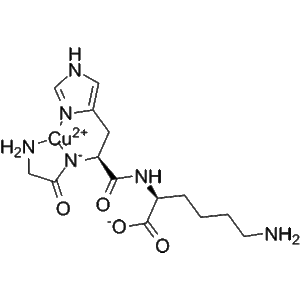
Side Effects
Copper Tripeptide is generally considered safe in laboratory research. It is a naturally occurring peptide with minimal cytotoxicity. Potential side effects are typically limited to over-concentrated solutions in in vitro assays, which may affect experimental parameters.
This compound is not intended for human or cosmetic use. Proper laboratory handling, protective equipment, and adherence to biosafety protocols are required. Its use should be restricted to in vitro, ex vivo, or controlled experimental studies.
Keywords
Copper Tripeptide, GHK-Cu, CAS 89030-95-5, collagen synthesis, skin regeneration, wound healing, antioxidant peptides, cosmetic peptides, anti-aging peptide research, dermal repair
Shipping Guarantee
All shipments are handled using validated cold-chain logistics to preserve peptide integrity. Each package is sealed in moisture-proof containers with secondary protective wrapping and continuous temperature monitoring. Products are shipped via express international couriers with full tracking and insurance coverage.
Trade Assurance
We ensure product authenticity, verified ≥99% purity, and compliance with analytical standards (HPLC, MS, and NMR). Each batch is supplied with a Certificate of Analysis (CoA). Our trade assurance policy guarantees replacement or refund for any deviation from listed specifications.
Payment Support
We provide flexible and secure global payment options to support international research transactions. Accepted payment methods include PayPal, major credit cards (Visa, MasterCard, American Express), telegraphic transfer (T/T), and cryptocurrencies (USDT, Bitcoin, Ethereum). All transactions are protected by industry-standard encryption and verified payment gateways to ensure confidentiality and fund security.
Disclaimer
All products listed are intended for laboratory research use only and not for human or veterinary use. They are not drugs, medical devices, or diagnostics and should not be administered to humans or animals. Researchers must handle all materials in accordance with institutional biosafety and chemical safety guidelines. The information provided is for scientific reference only and does not imply therapeutic efficacy, safety, or regulatory approval.
Additional information
| Weight | 0.8 kg |
|---|---|
| Dimensions | 62 × 53 × 62 cm |
What is Copper Tripeptide used for in research?
It is used to study skin regeneration, collagen synthesis, wound healing, and anti-aging mechanisms.
What makes GHK-Cu unique?
It is a naturally occurring tripeptide complex that binds copper and modulates multiple cellular pathways in dermal repair.
Is Copper Tripeptide safe for cell cultures?
Yes, it has low cytotoxicity and is well-tolerated in in vitro and ex vivo models.
Does it promote collagen production?
Yes, it stimulates mRNA expression and synthesis of collagen I, III, elastin, and other ECM proteins.
Can it reduce oxidative stress?
Yes, it has antioxidant properties by chelating copper ions and scavenging free radicals.
Is it effective in wound healing studies?
Yes, it recruits fibroblasts, endothelial cells, and inflammatory cells to enhance tissue repair.
What is the recommended storage condition?
Store at −20°C, protected from light and moisture to maintain stability.
Is it suitable for cosmetic formulations?
It is strictly for laboratory research; human use requires additional safety evaluation.
What documentation comes with the product?
Each batch includes a Certificate of Analysis (CoA) and technical datasheet.
Can it be combined with other cosmetic peptides?
Yes, it can be studied alongside antioxidants and other bioactive peptides for synergistic anti-aging effects.

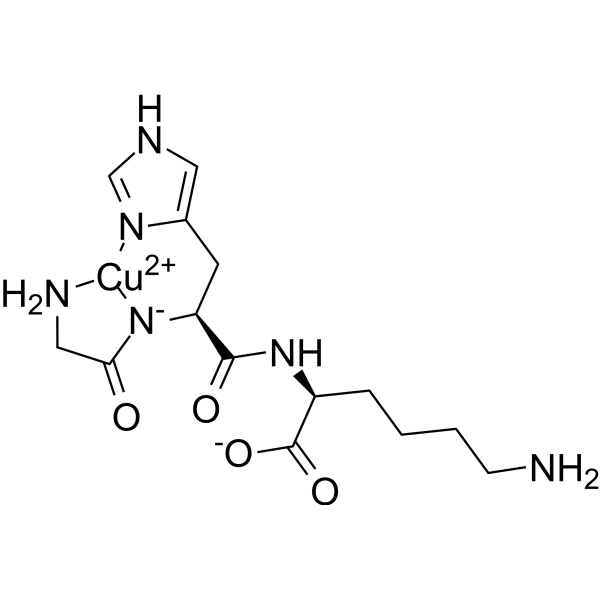
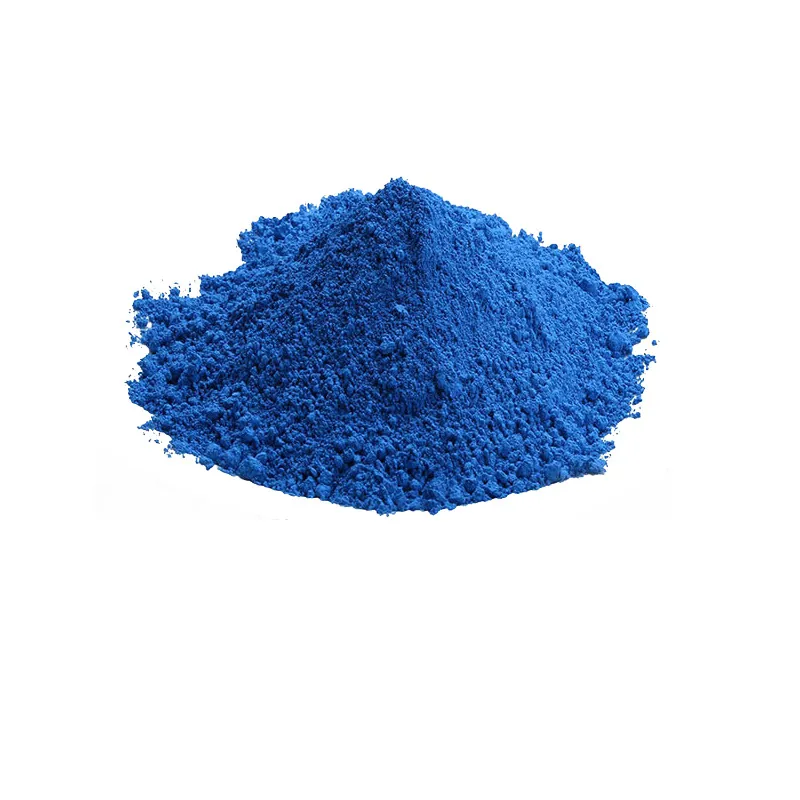
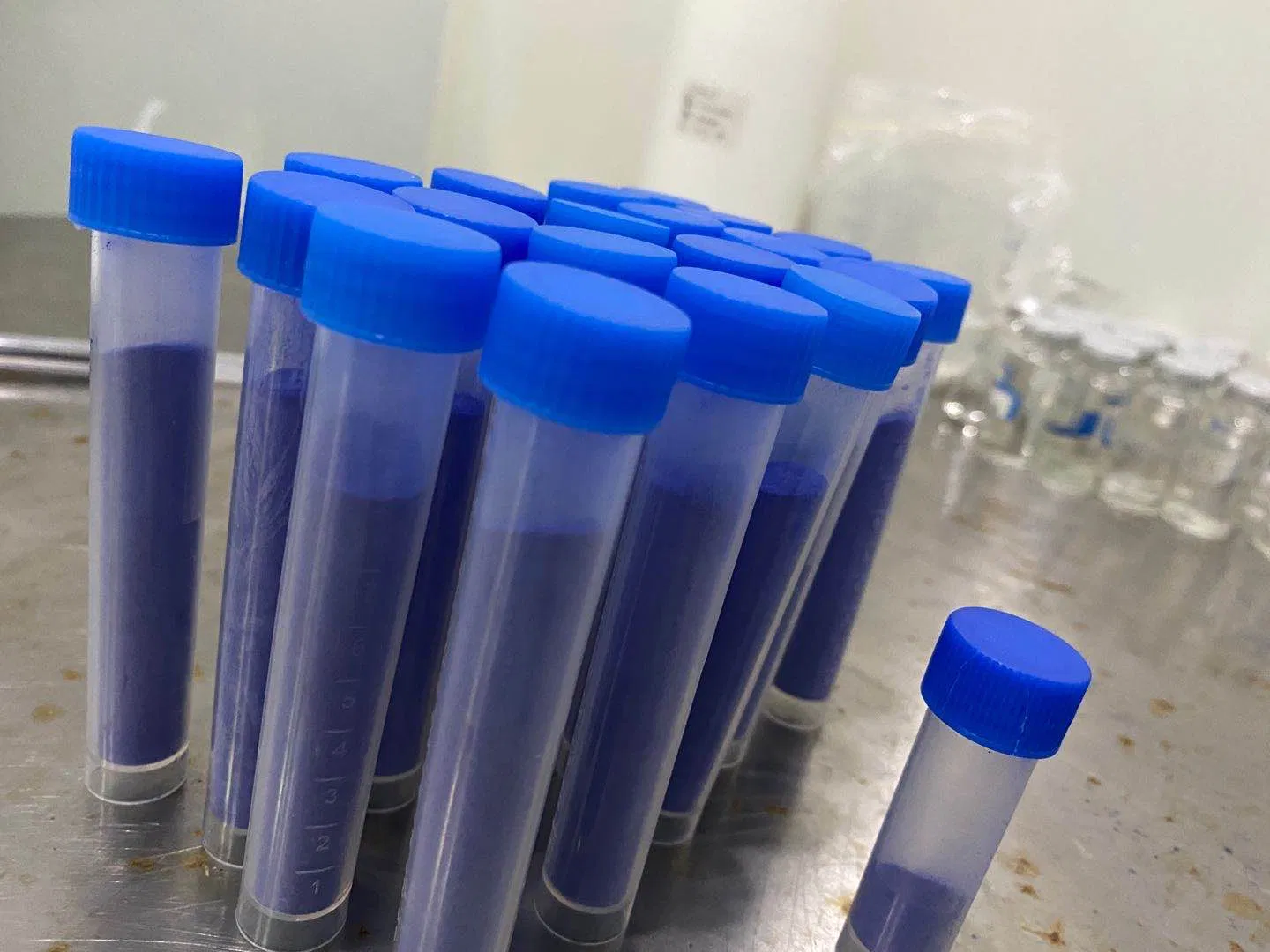
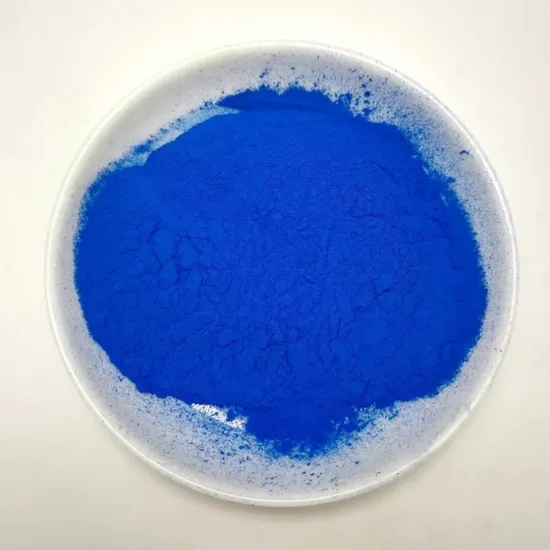

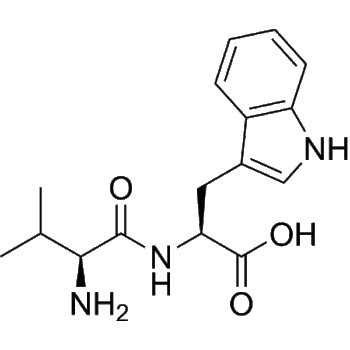
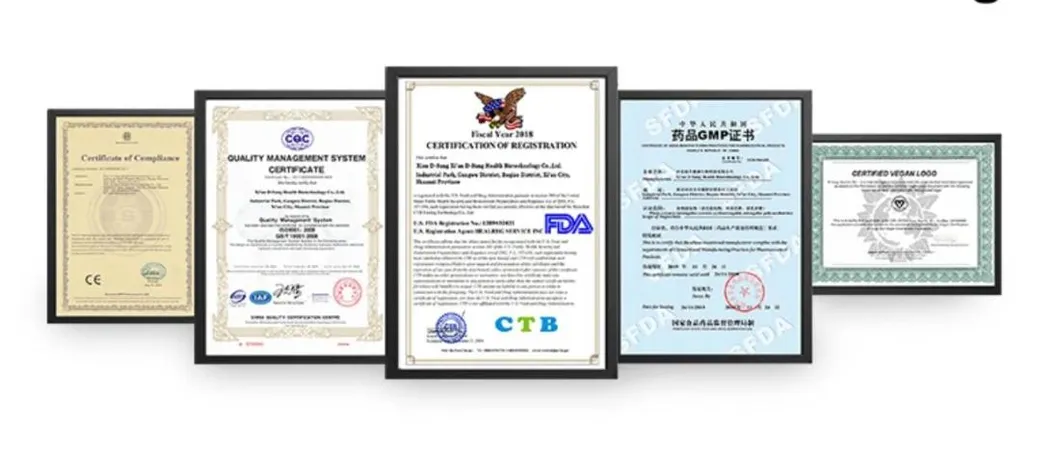
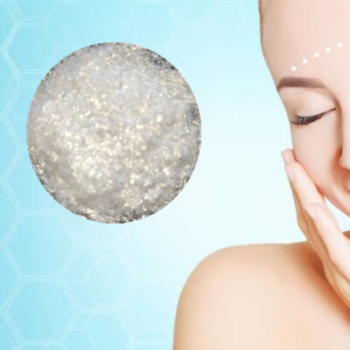
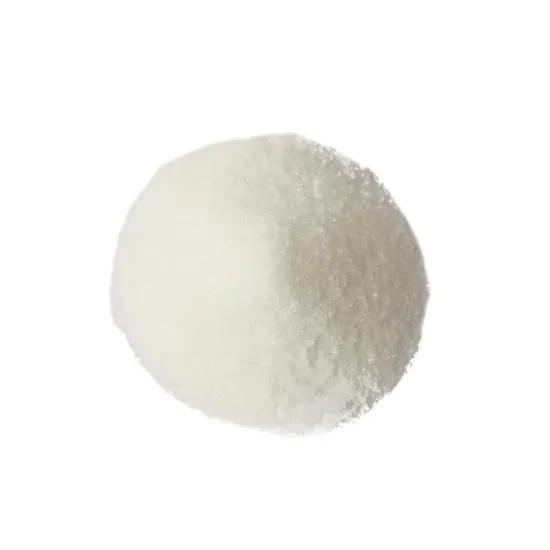
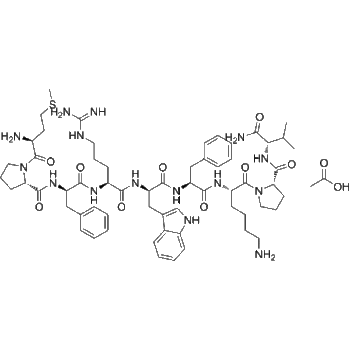
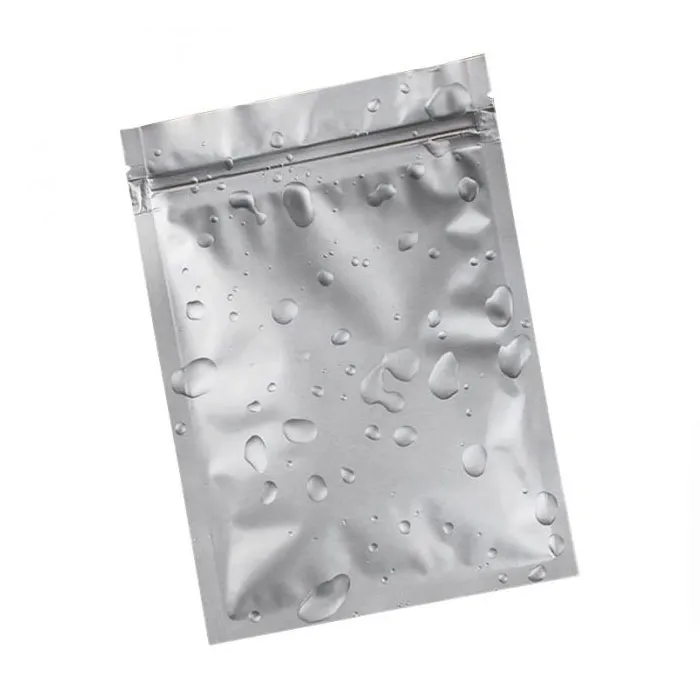
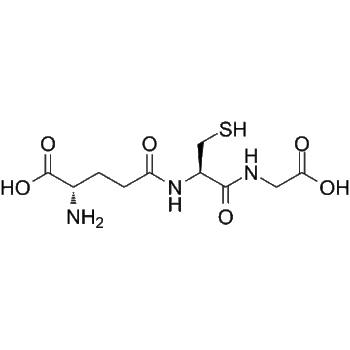
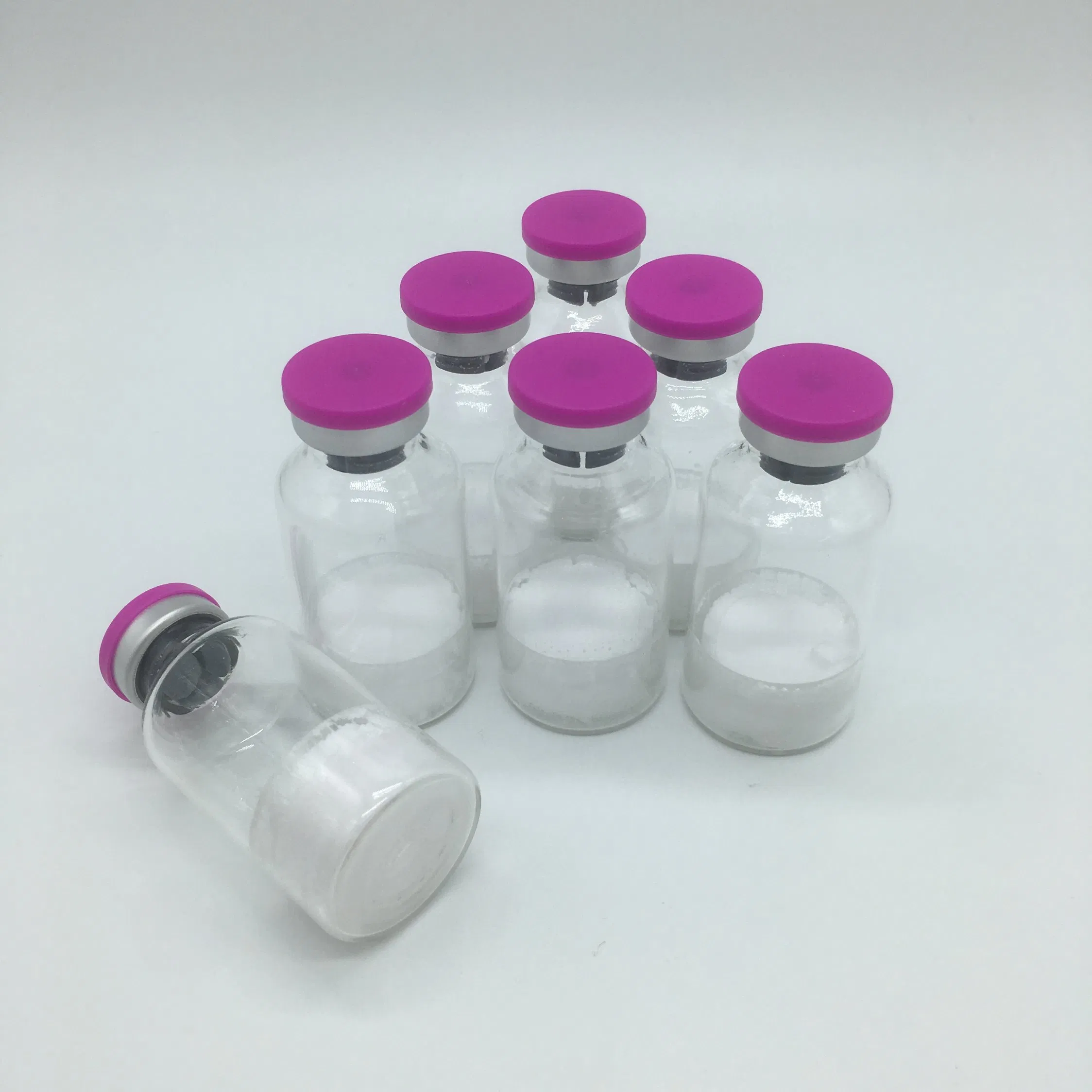
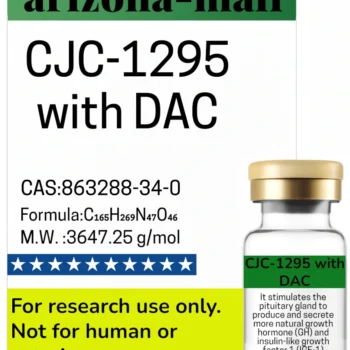
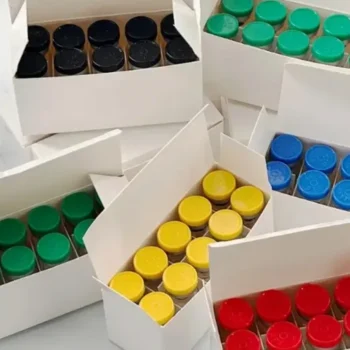
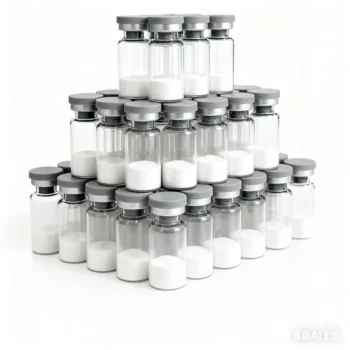

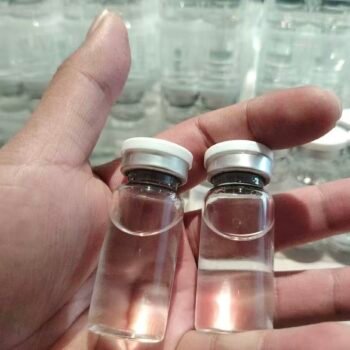
Reviews
There are no reviews yet.